‘A riddle wrapped in a mystery inside an enigma’: Winston Churchill’s famous assessment of Russian foreign affairs might also be applied to Palazzo Strozzi’s current exhibition. ‘The Russian Avant-garde: Siberia and the East’ poses more questions than it answers. It seeks to trace how Russian modernist artists looked to the exoticism of the Orient in order to access a crucial alternative to Western rationality, but despite an impressive range of loans and evident scholarship behind the exhibition, the presentation leaves us feeling disorientated rather than enlightened.
Russia as an enigma between East and West might sound like a cliché, but the exhibition convincingly demonstrates that this was a real issue that preoccupied experimental artists in the early 20th century. A pair of works by Pavel Filonov from 1912–13, East and West and West and East, epitomises the dichotomy in Russia’s cultural identity, a country neither fully in Europe nor in Asia. Filonov did not attempt to resolve the question, but stages it instead as a cryptic encounter between two boatloads of fisherman, heading towards each other, or apart, depending on which way you hang the pictures.
The first sections of the exhibition look beyond Russia’s borders, dealing with the assimilation of Japanese, Chinese and Indian art, which were also important influences on modernism in the West. In the later galleries we enter less well known and more stimulating territory, exploring how artists were inspired by the ‘primitive’ and ‘barbarian’ cultures of Russia’s vast interior. What emerges is a distinctively Russian form of primitivism shaped by Siberian folk art. To illustrate this phenomenon, the curators have included an array of objects from the Russian Museum of Ethnography in St Petersburg. We find, for example, a ritual mask from the Koryaki people of Kamchatka intriguingly juxtaposed with Kazimir Malevich’s minimalist Head.
‘The East’ comes to mean something different here, no longer a turn towards the Orient, but an inward reflection on what it was to be Russian. Avant-garde artists looked to Russia’s pagan past in order to access a cultural authenticity from which they might forge a new national art. Included are a number of paintings by Nicholas Roerich inspired by primeval shamanistic rituals, such as Exorcism of the Earth and The Great Sacrifice. From these works Roerich later adapted the concept for Stravinsky’s The Rite of Spring, and the set designs for the first production of the ballet in 1913. We are dealing with an entirely separate set of artistic concerns from the Orientalism examined in the first part of the exhibition, but the attempt to give equal weight to both within the show confuses the overall argument.
The exhibition contains a wealth of material: 130 paintings, sculptures, oriental artefacts and ethnographic objects, mainly borrowed from Russian collections such as the State Russian Museum in St Petersburg and the State Tretyakov Gallery in Moscow. Over 50 artists are represented, most of whom are little known outside Russia and whose works are being shown here for the first time in the West. Yet even within the spacious galleries of Palazzo Strozzi’s Piano Nobile the exhibition seems over-crowded and fragmentary, with too many thematic sections. This is not helped by a heavy reliance on textual interpretation (in both Italian and English), needed to sustain the various threads of the exhibition, but which breaks up the arrangement of the hang and distracts from the visual appeal of the works on display.
It is the abstract paintings – works such as Black Circle by Malevich, Emptiness by Natalia Goncharova, and oval compositions from 1917–19 by Vasily Kandinsky – that suffer most in this environment, becoming overwhelmed by other objects and text, rather than being given the space to speak for themselves. Arguably, they are some of the most significant pieces in the show, because Russian abstraction had a key influence on the development of Western modernism, and they deserve better treatment. Their labels do little to help, containing perplexing references to mystical concepts of ‘cosmic absence’, ‘altered states of consciousness’ and ‘ecstatic ritual’. These explanations tend to reinforce the enigmatic qualities of works on display, rather than enabling us to develop a deeper understanding of this undoubtedly important era in Russian art.
‘The Russian Avant-garde, Siberia and the East/L’Avanguardia russa, la Siberia e l’Oriente’ is at Palazzo Strozzi in Florence until 19 January 2014.
Unlimited access from just $16 every 3 months
Subscribe to get unlimited and exclusive access to the top art stories, interviews and exhibition reviews.

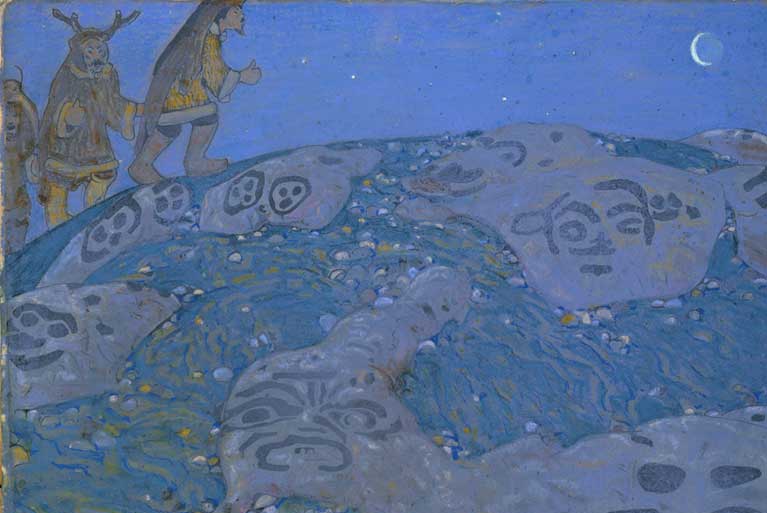
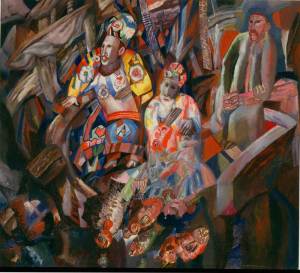
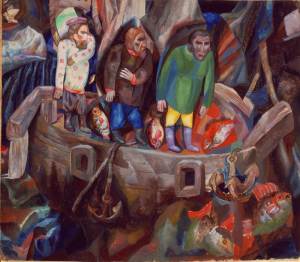
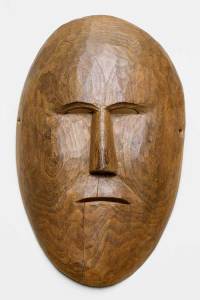
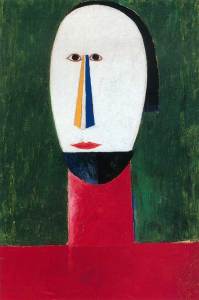
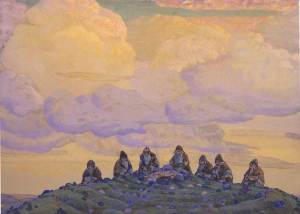
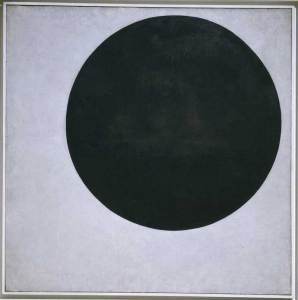
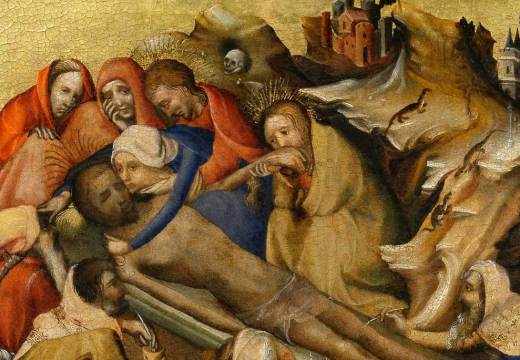
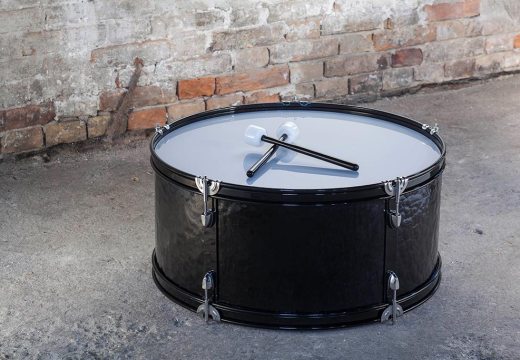
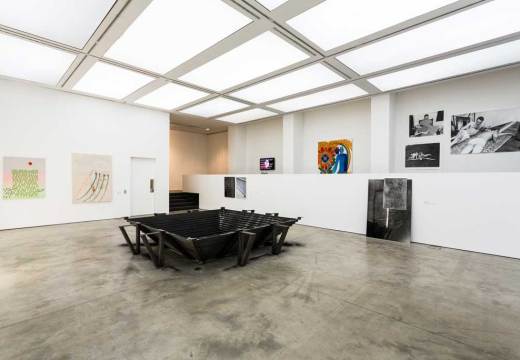









![Masterpiece [Re]discovery 2022. Photo: Ben Fisher Photography, courtesy of Masterpiece London](http://www.apollo-magazine.com/wp-content/uploads/2022/07/MPL2022_4263.jpg)
Why are fathers so absent from art history?